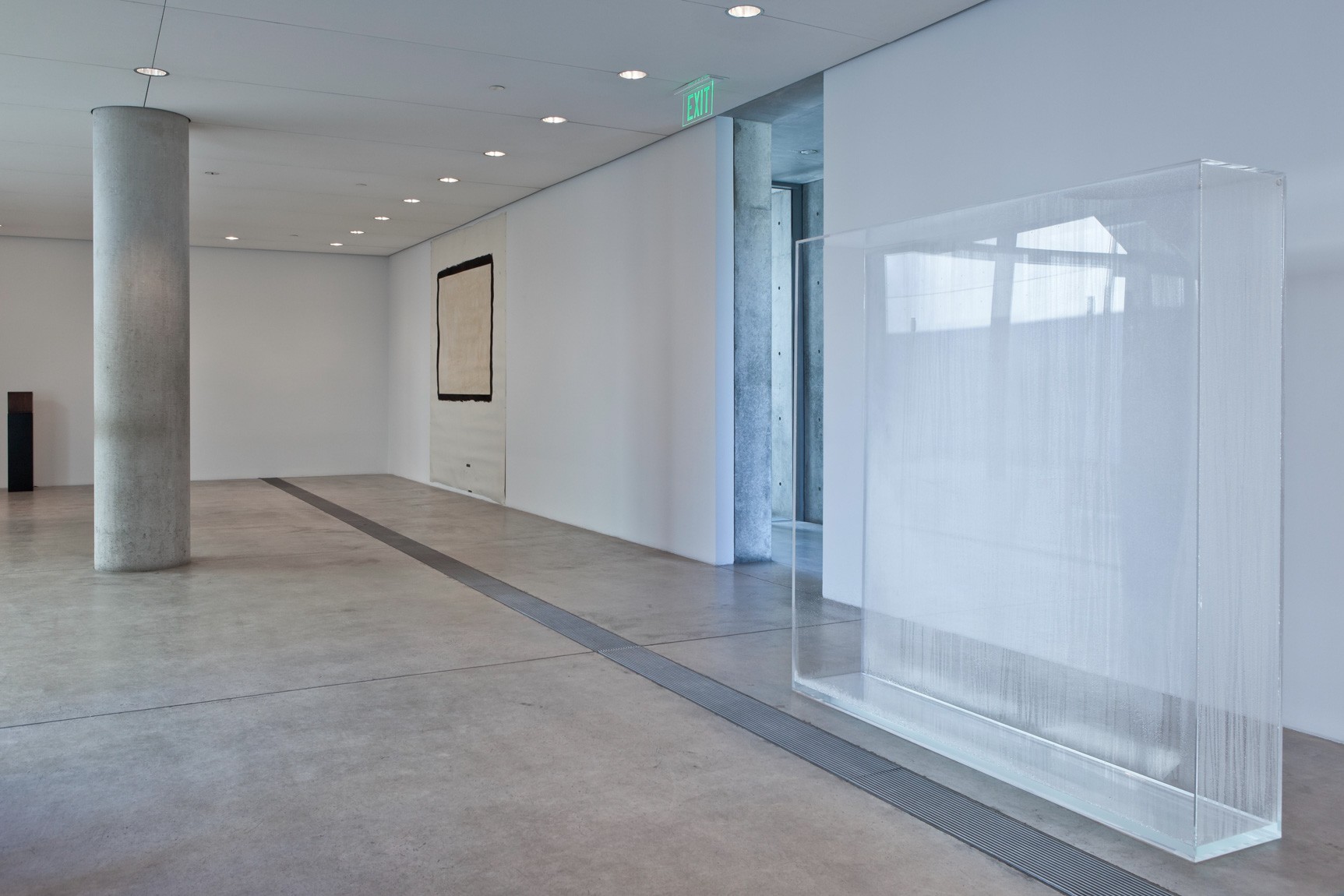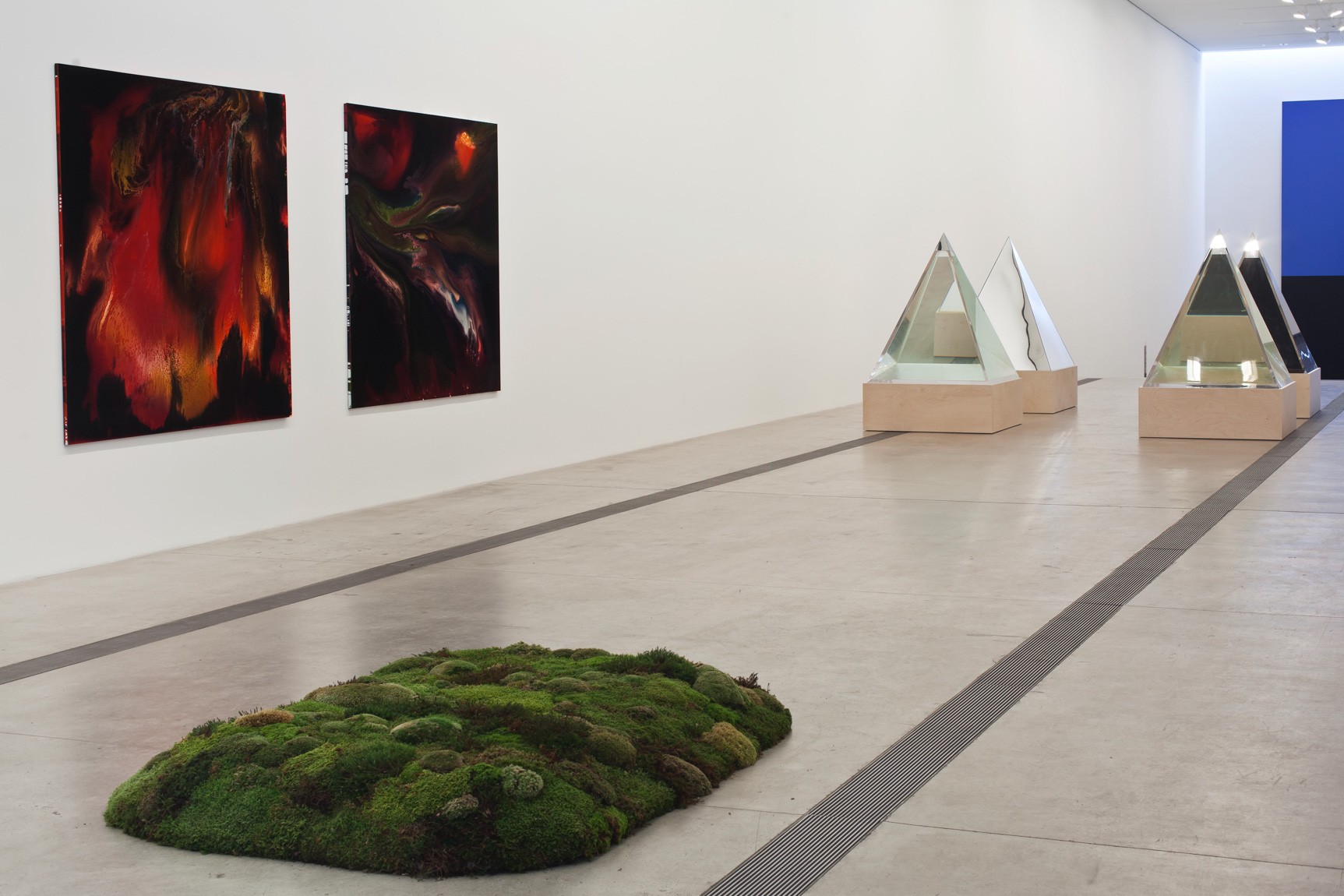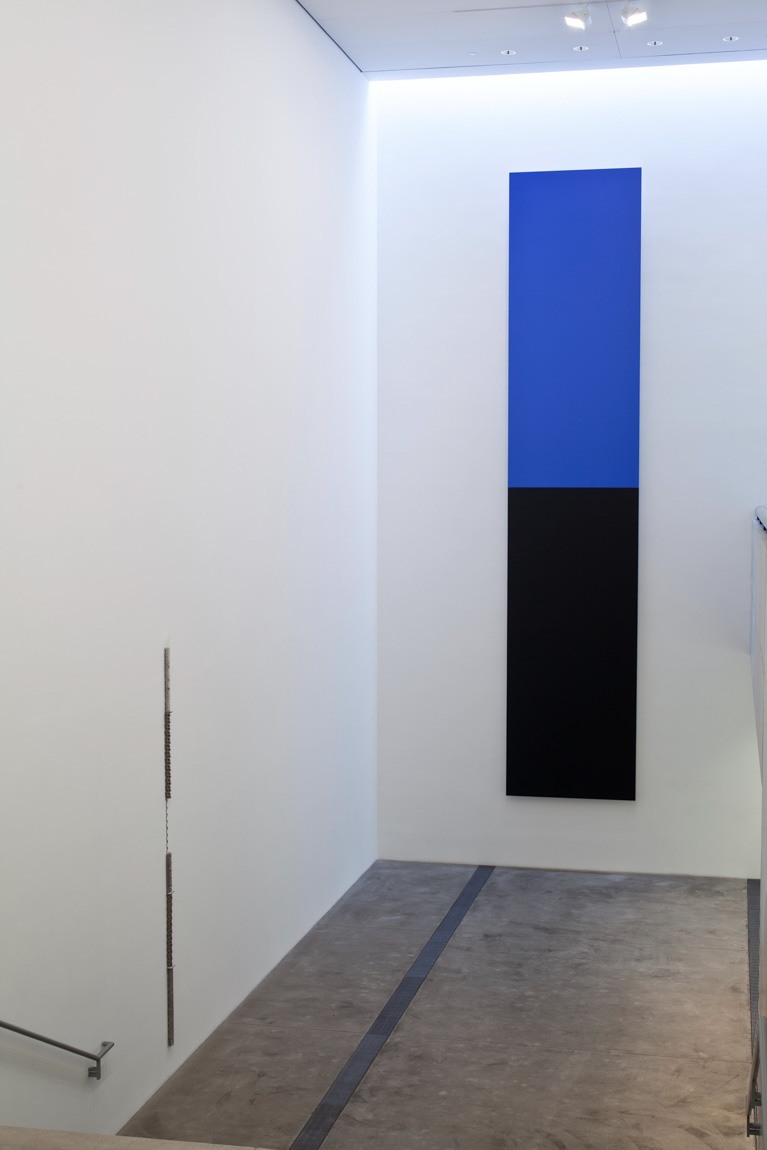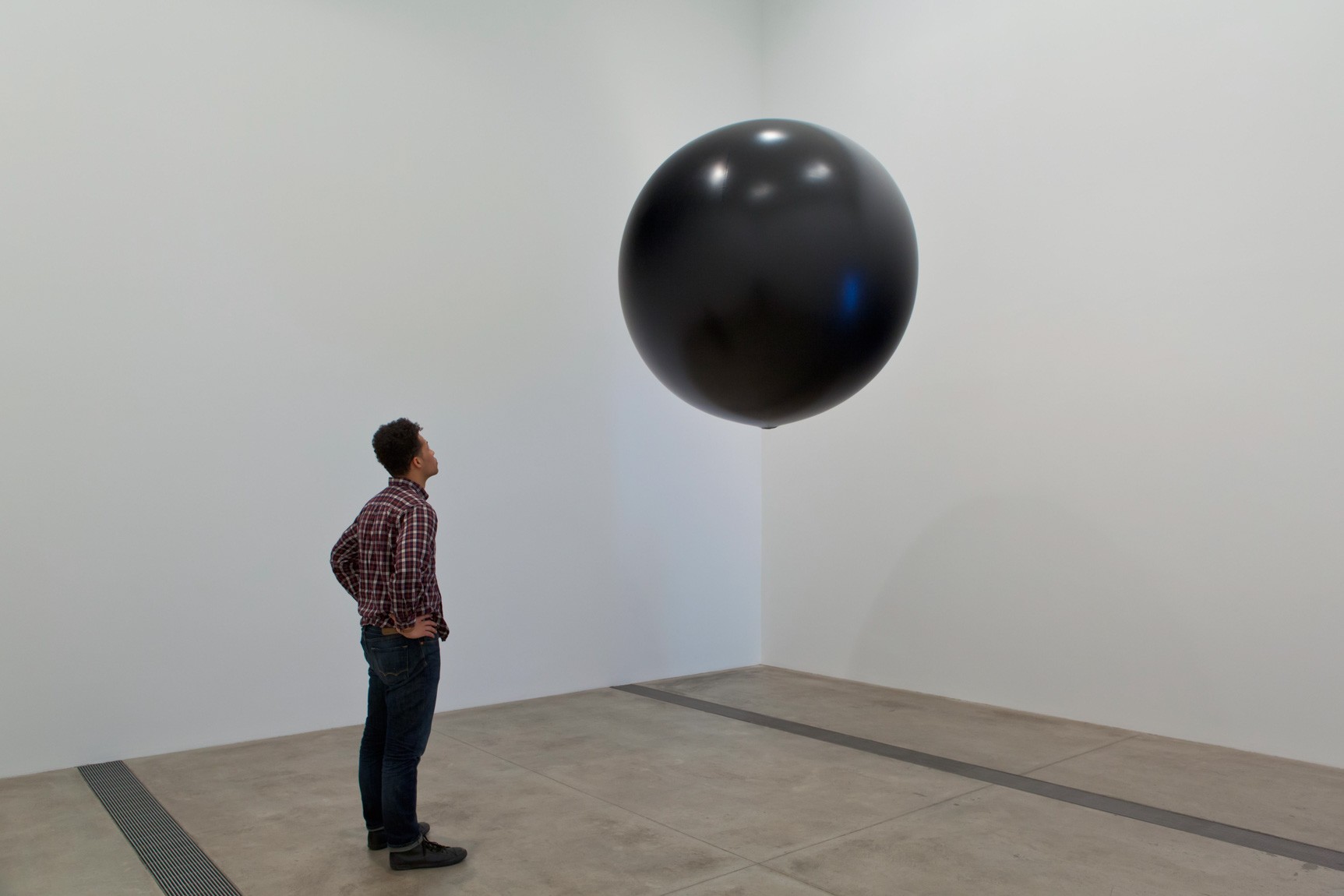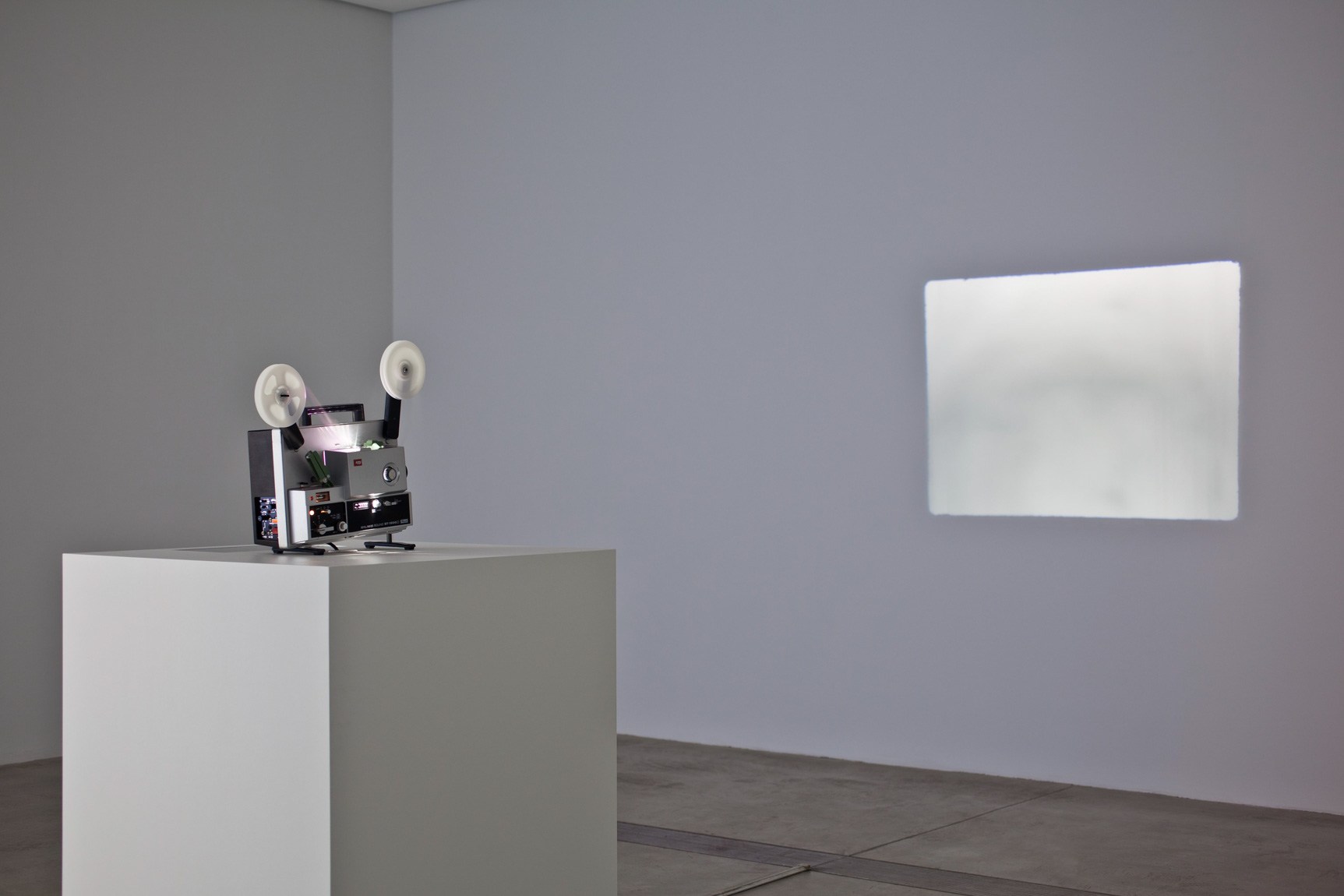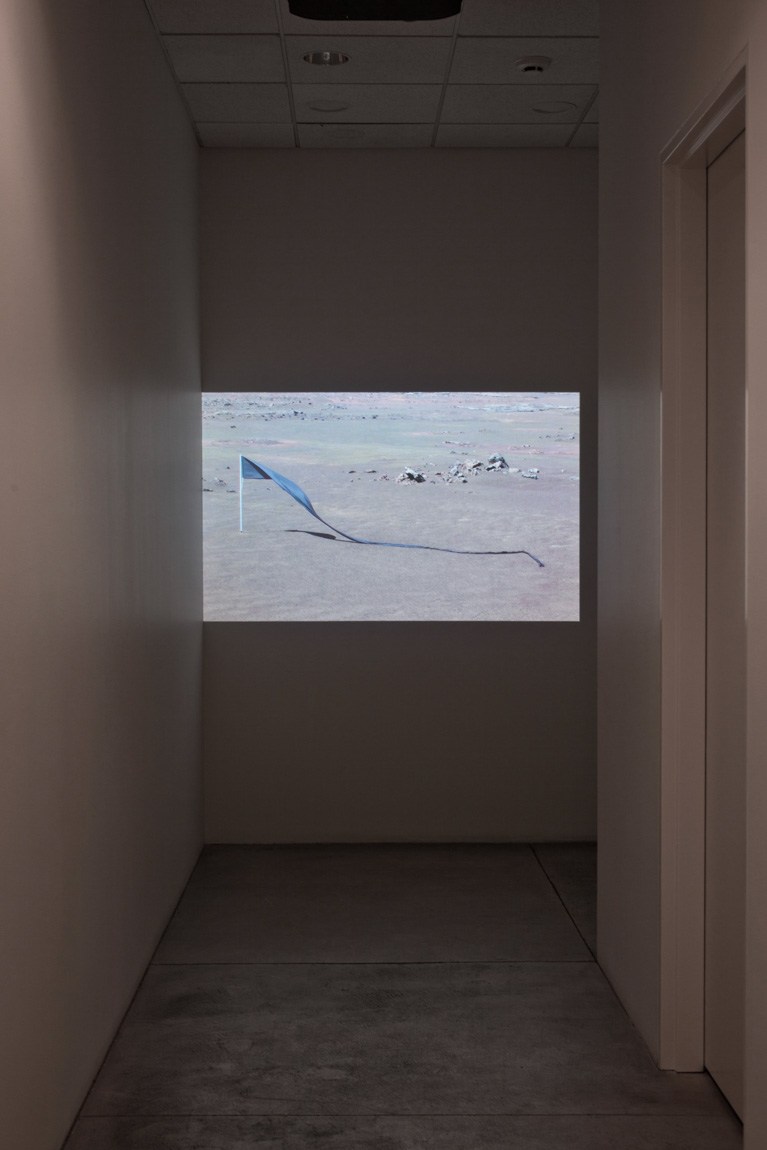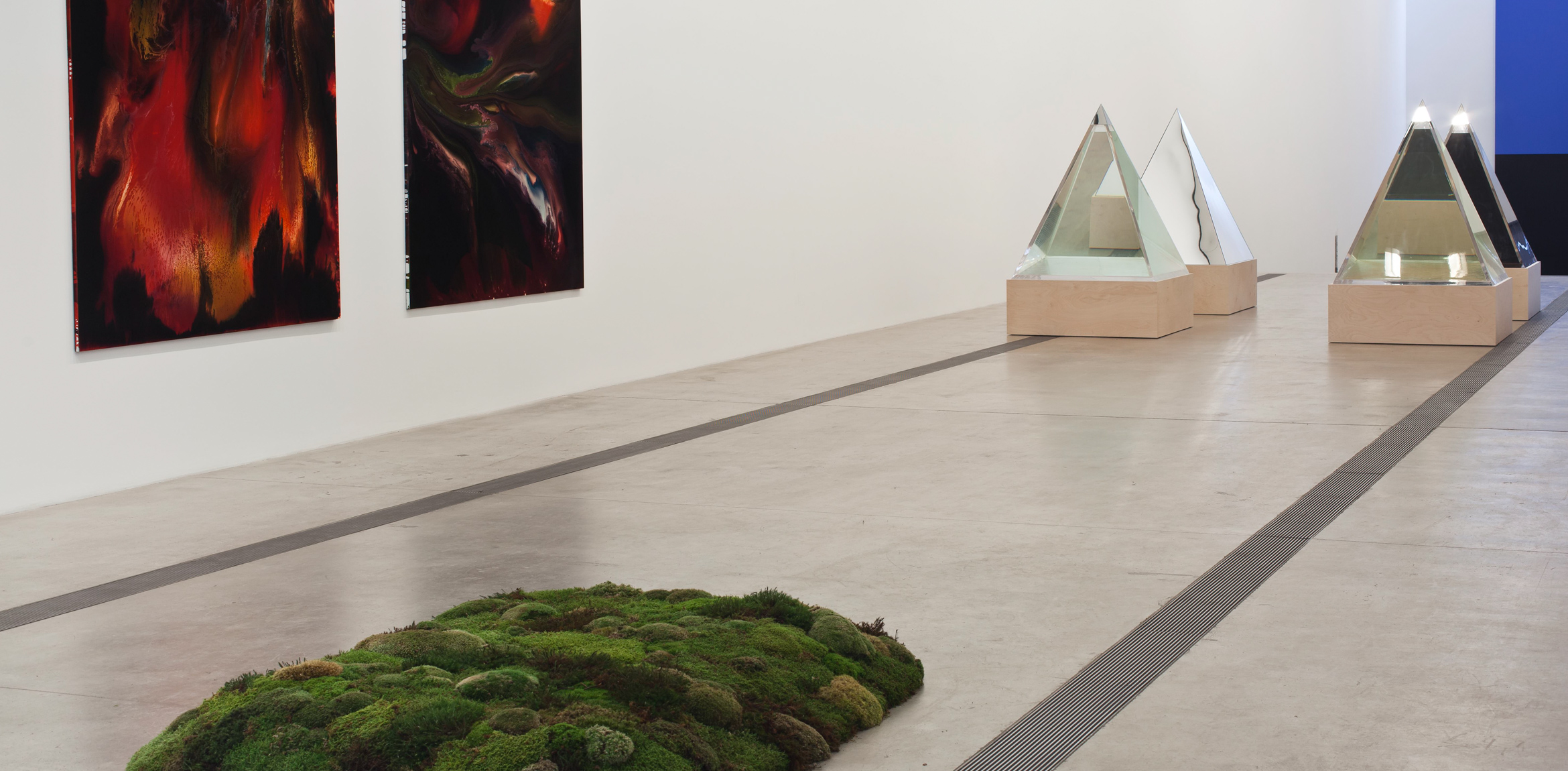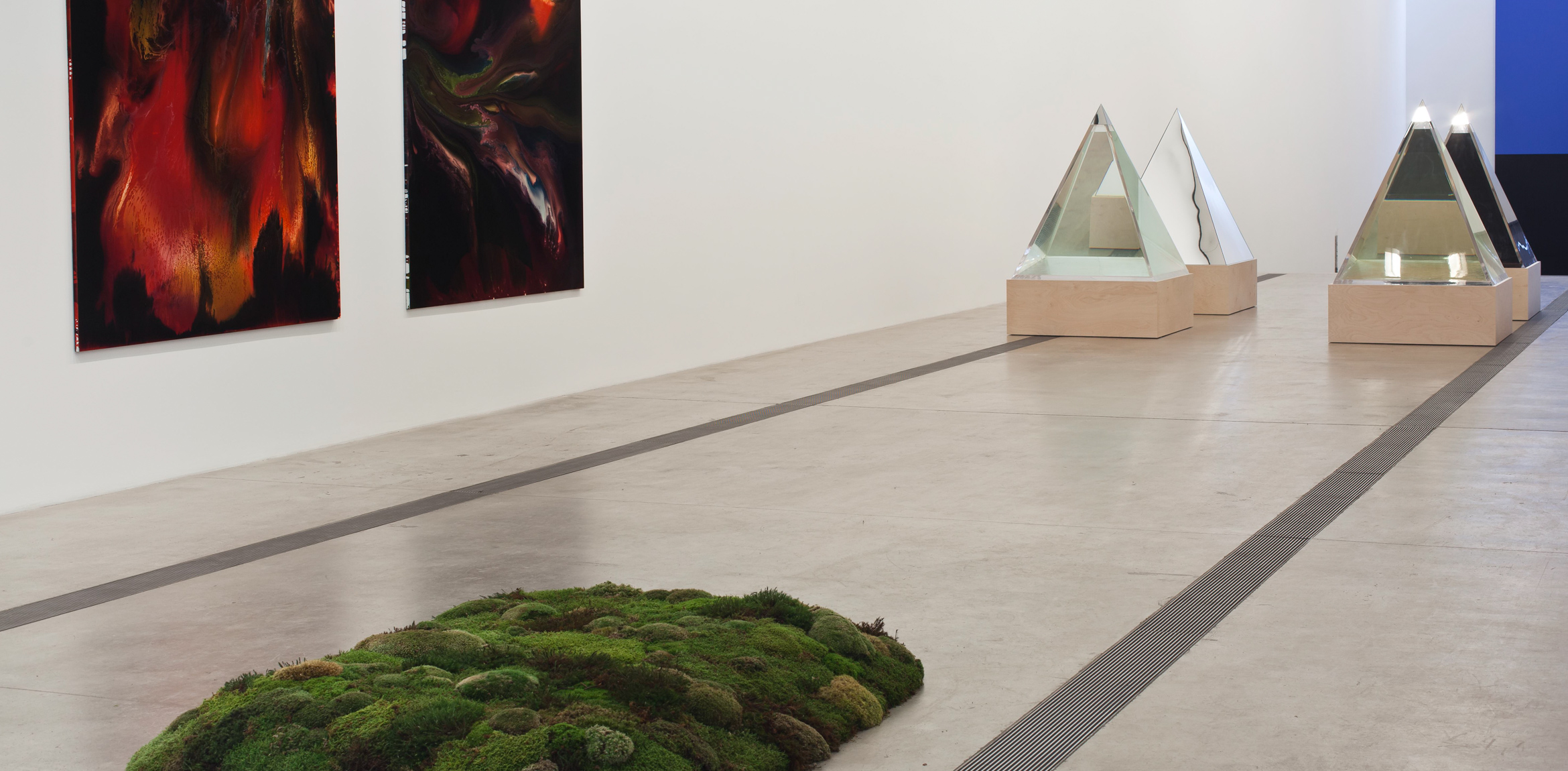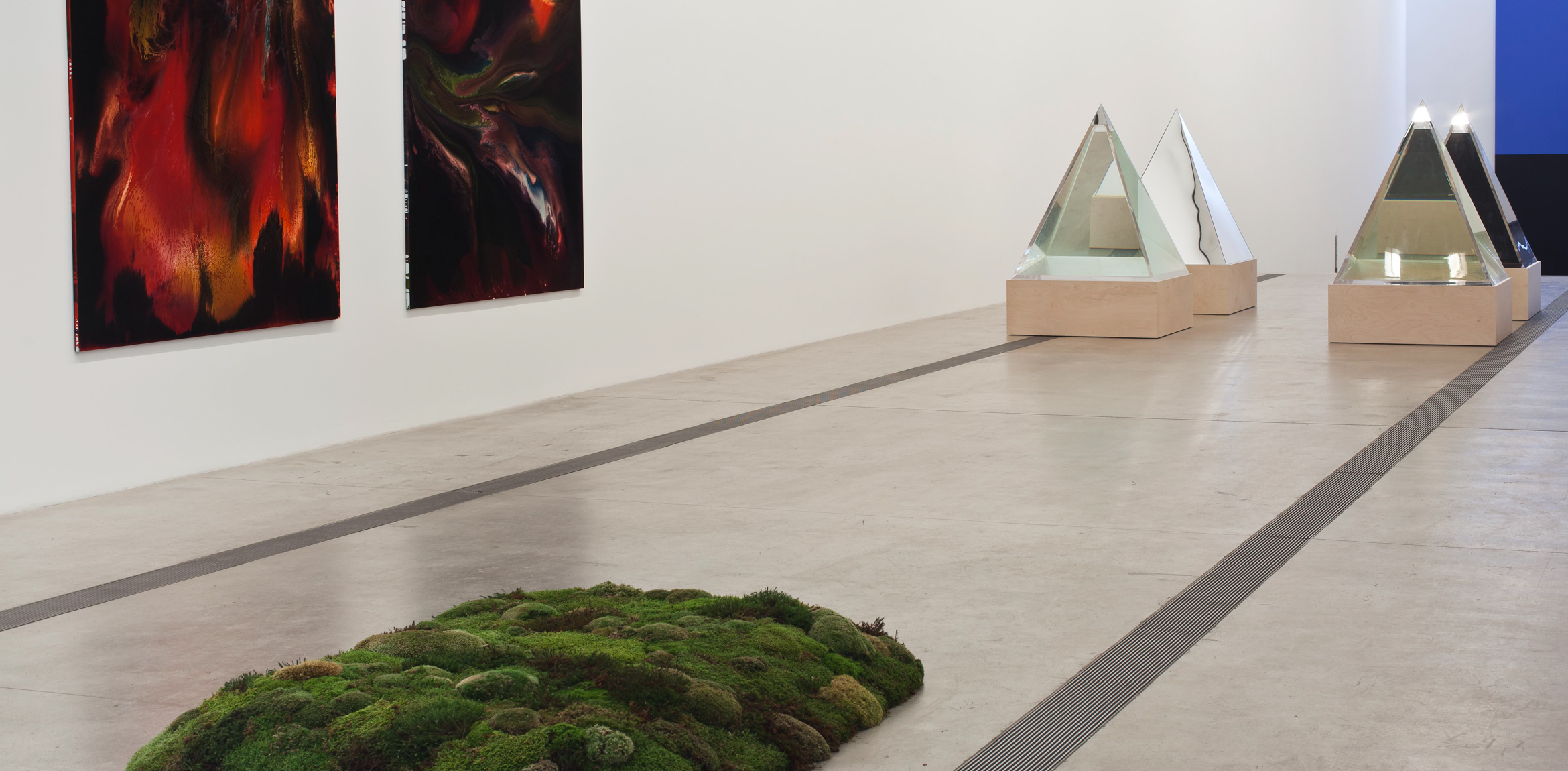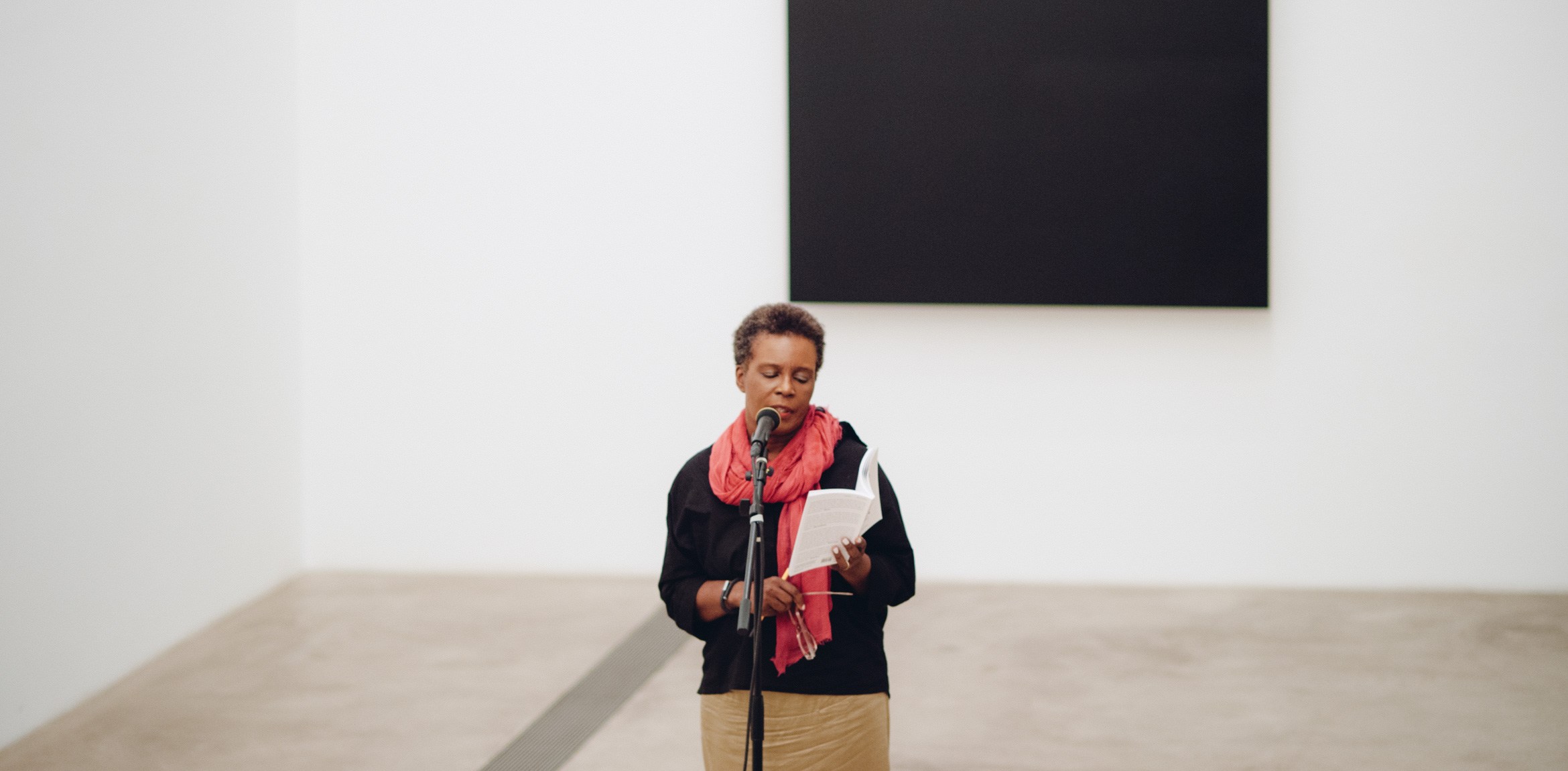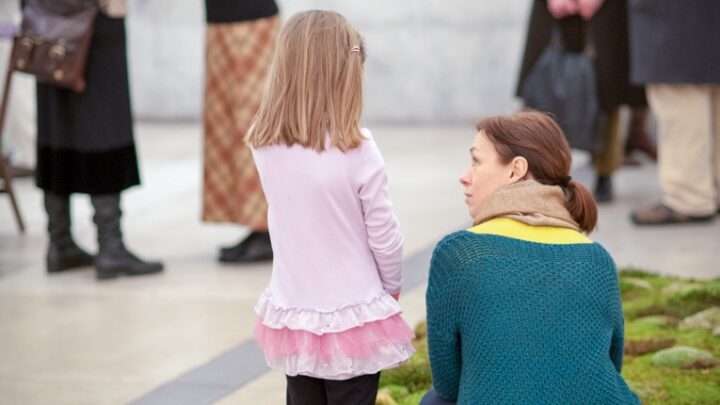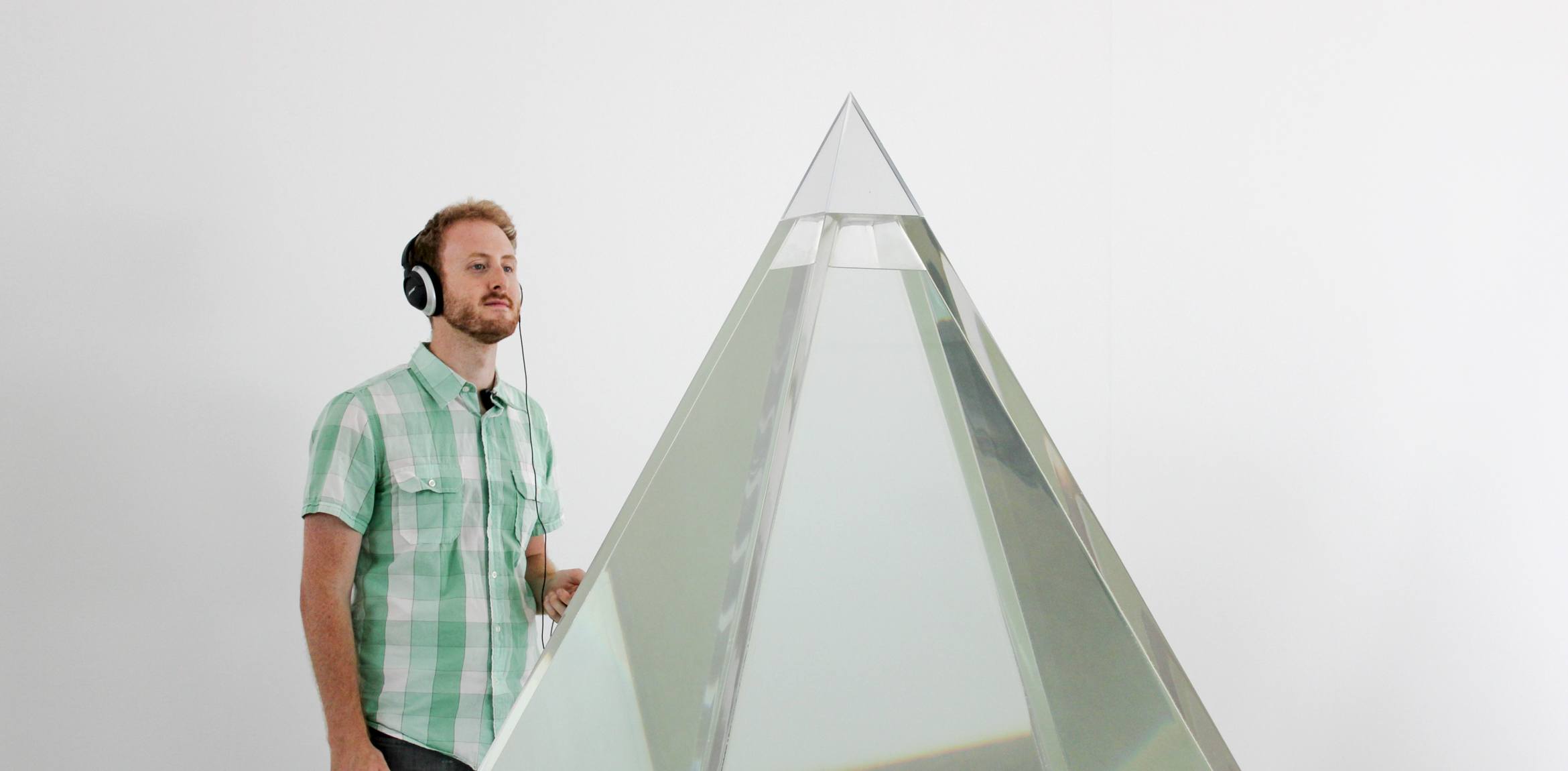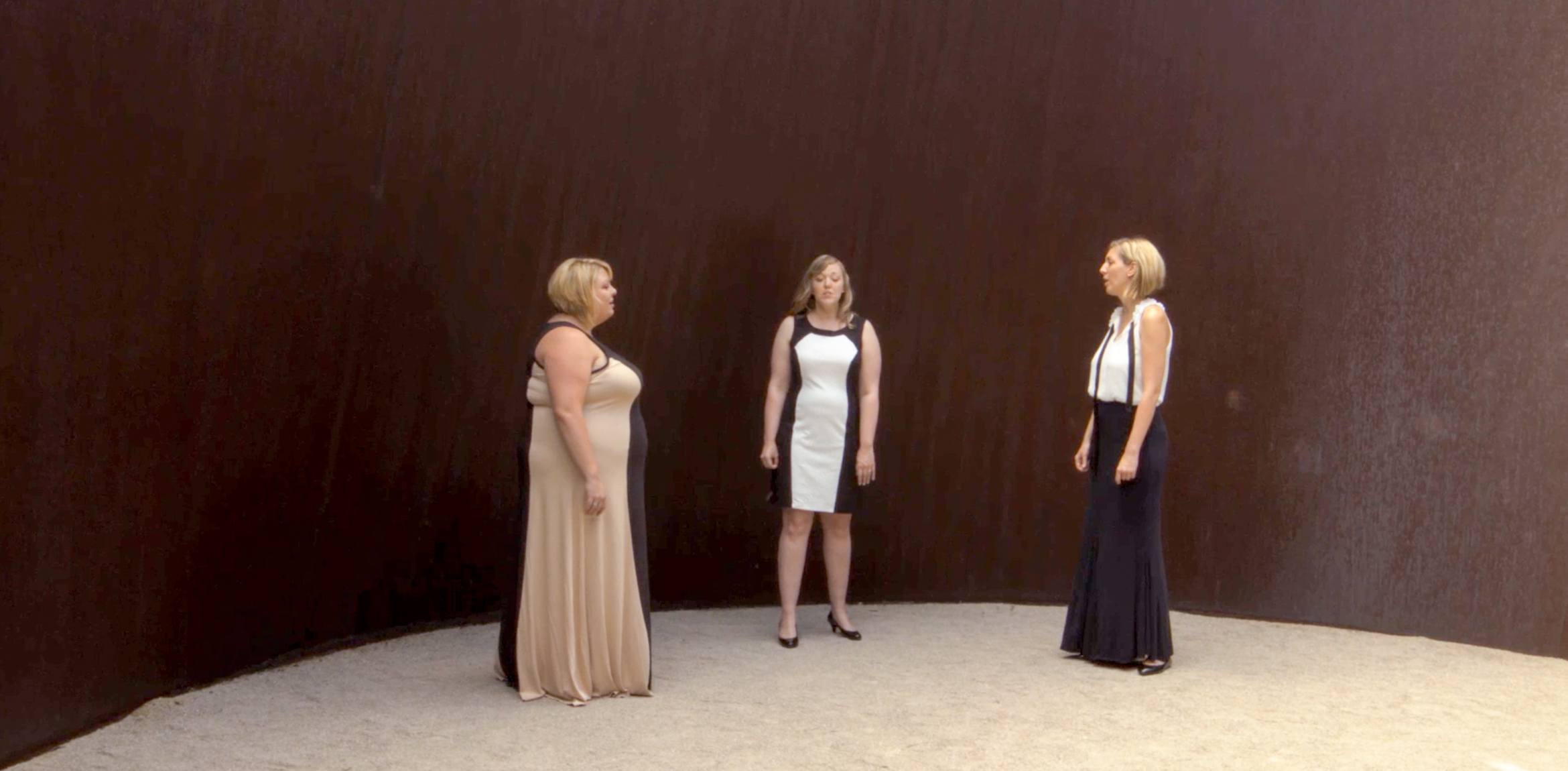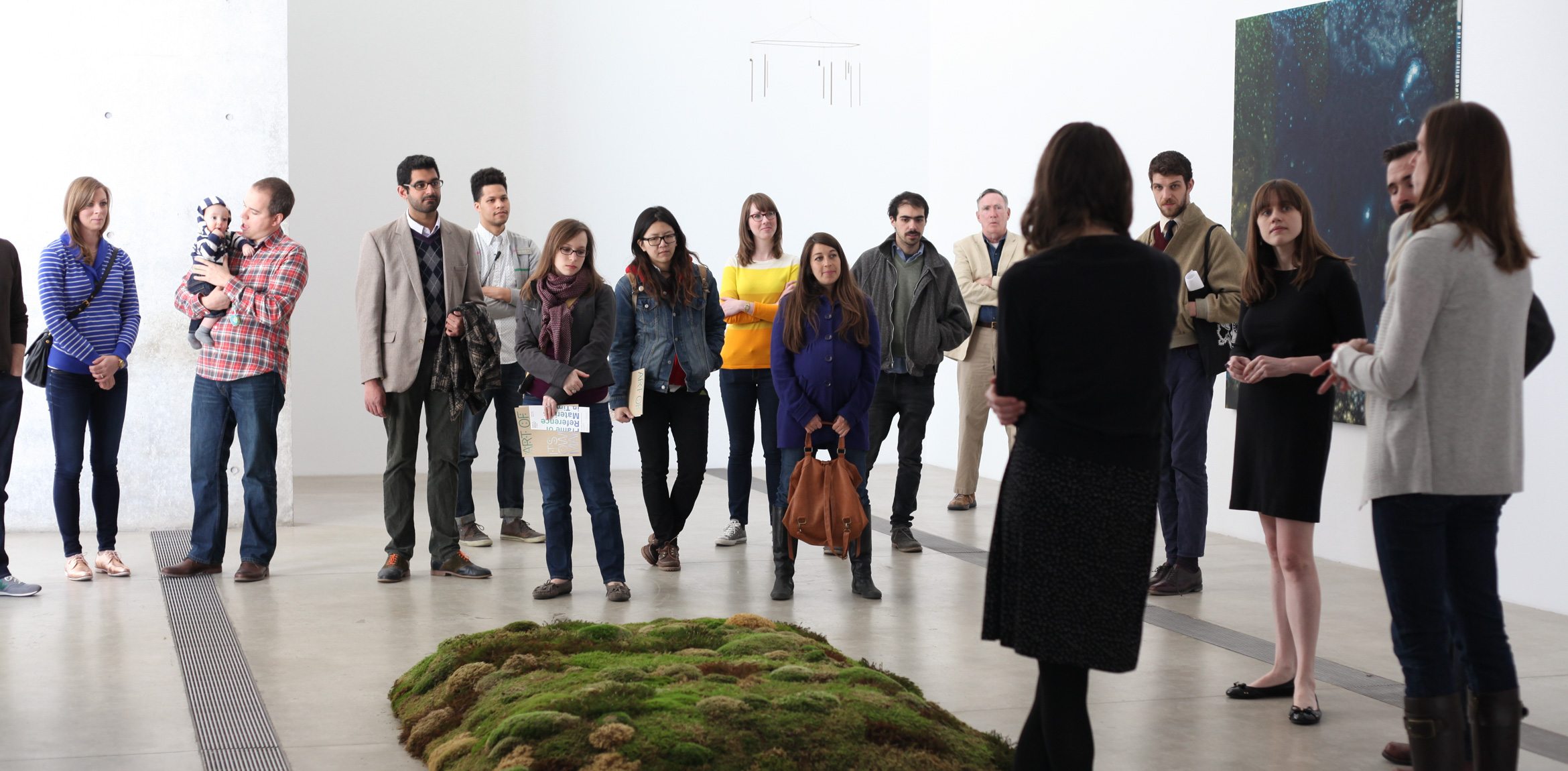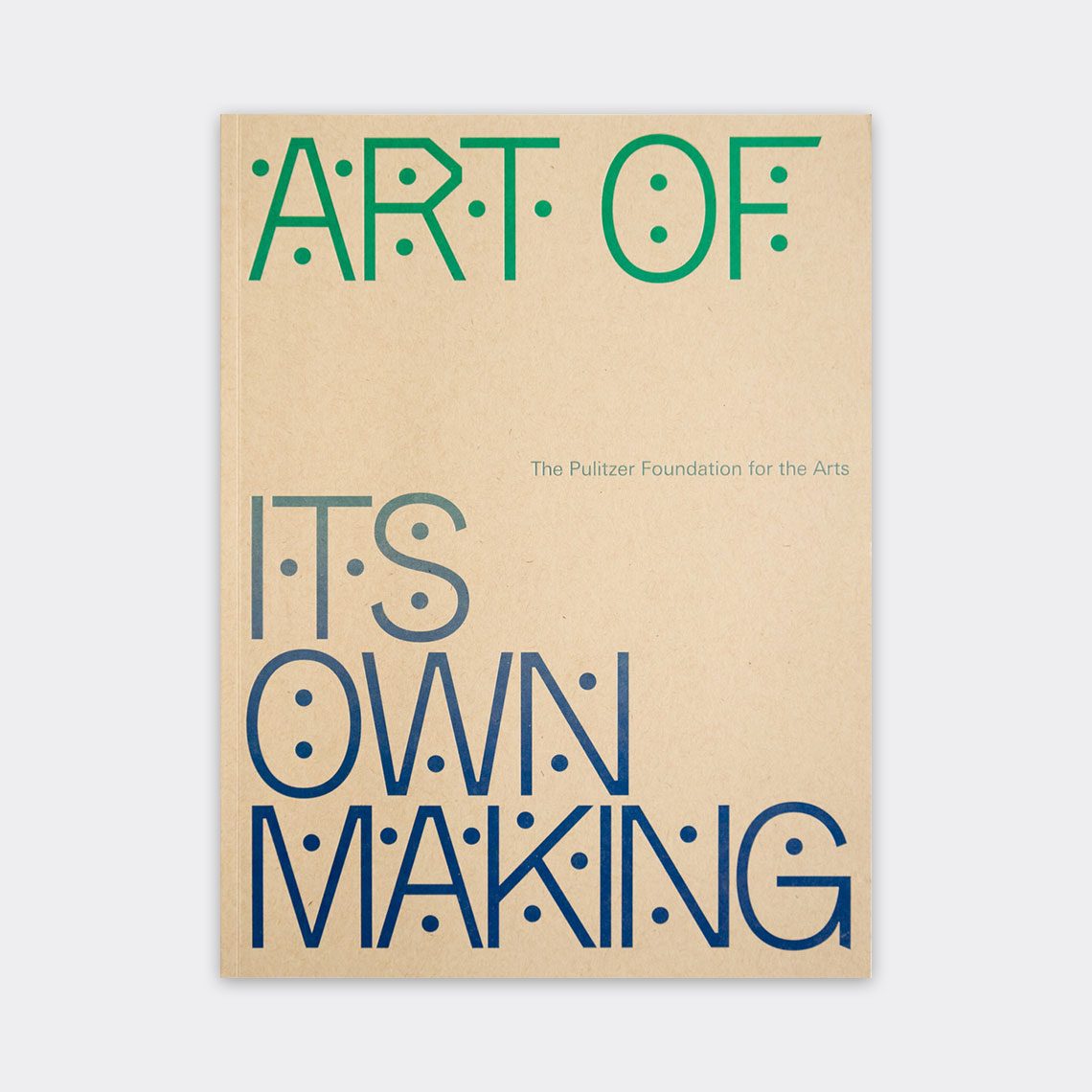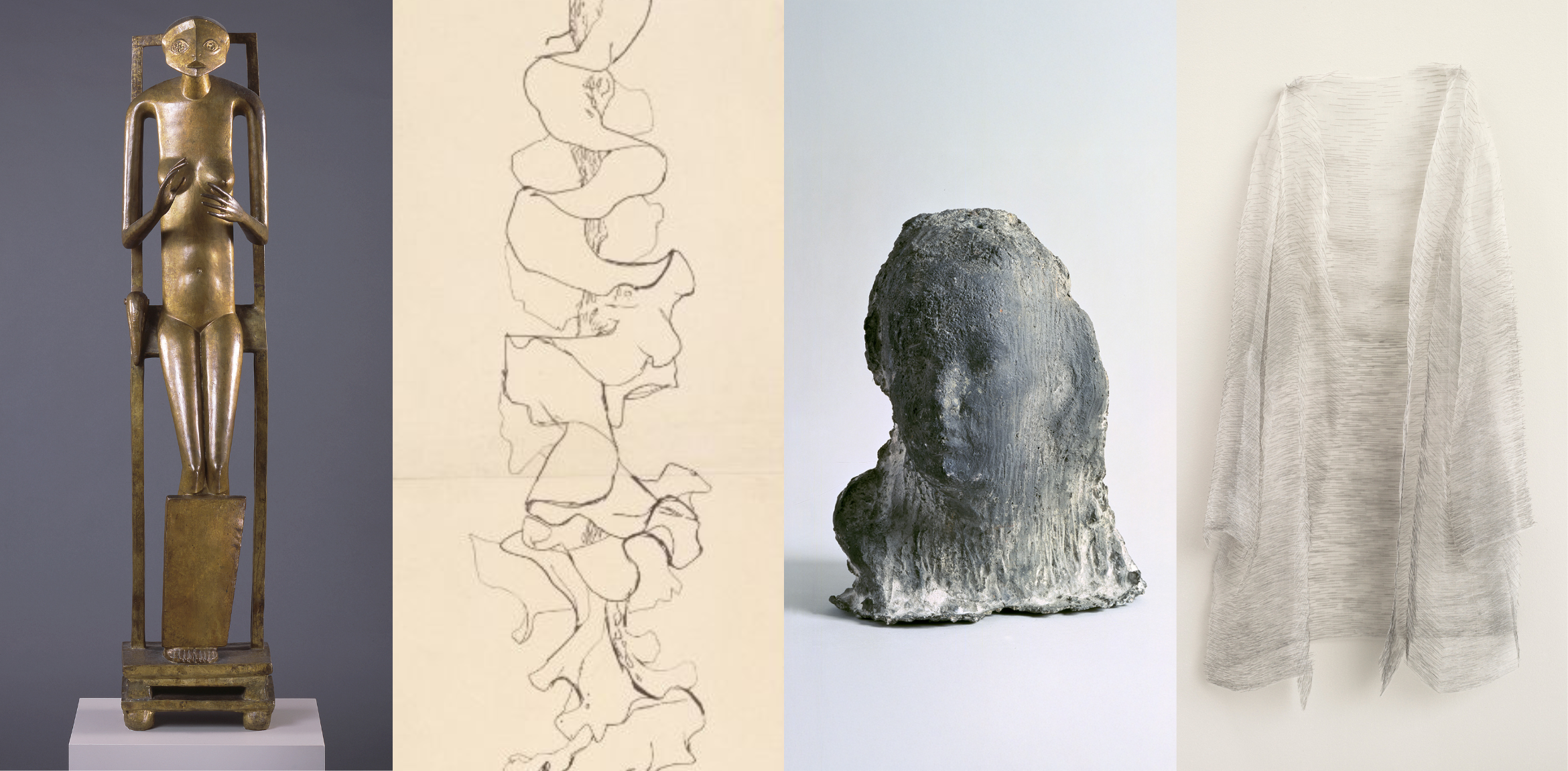Art of Its Own Making explored the artistic process and the ways in which artworks evolve over time through interactions with people and their surroundings. The exhibition featured sculpture, installation, film, video, performance, and sound works by a dozen artists who examine how elements outside their control impact the works of art that they create. Whether through nature, chance, duration, or activation, the works that comprised this exhibition called attention to the ecological and technological networks that contribute to the lives of objects. As seemingly inanimate things revealed their agency and power, Art of Its Own Making challenged the ways that we understand and engage art by demonstrating the complex connections between artwork, audience, and environment.
With works that spanned the last fifty years, Art of Its Own Making featured a diverse group of artists, including Athanasios Argianas, Tony Conrad, Edith Dekyndt, Agnes Denes, Melissa Dubbin & Aaron S. Davidson, Hans Haacke, Sam Lewitt, Len Lye, Robert Morris, Nam June Paik, Keith Tyson, and Meg Webster. Taken together, these artists invited alternative encounters, encouraging audiences to consider their relationship to the works and the circumstances in which they were installed. The works also inspired viewers to move beyond simply observing an object at rest, and to think instead about what it means for art to evolve, adapt, or transform through contact with materials such as river water, magnetic fields, sound recordings, or chemical compounds.
By recognizing the continuum of relationships between humans and their environment, Art of Its Own Making looked at works that reclaim a very corporeal and sensory awareness of the behavior and properties of things. These works prompted the reconsideration of one’s relationships to nature, technology, and information, as well as the larger global web to which these phenomena are indissolubly connected. The exhibition brought material reactions to duration and temporality into focus, although patient observation and repeated viewing were necessary to detect the subtle changes at play. Such sustained attention amplified an individual’s sense of experience in both the gallery and the world beyond it.

